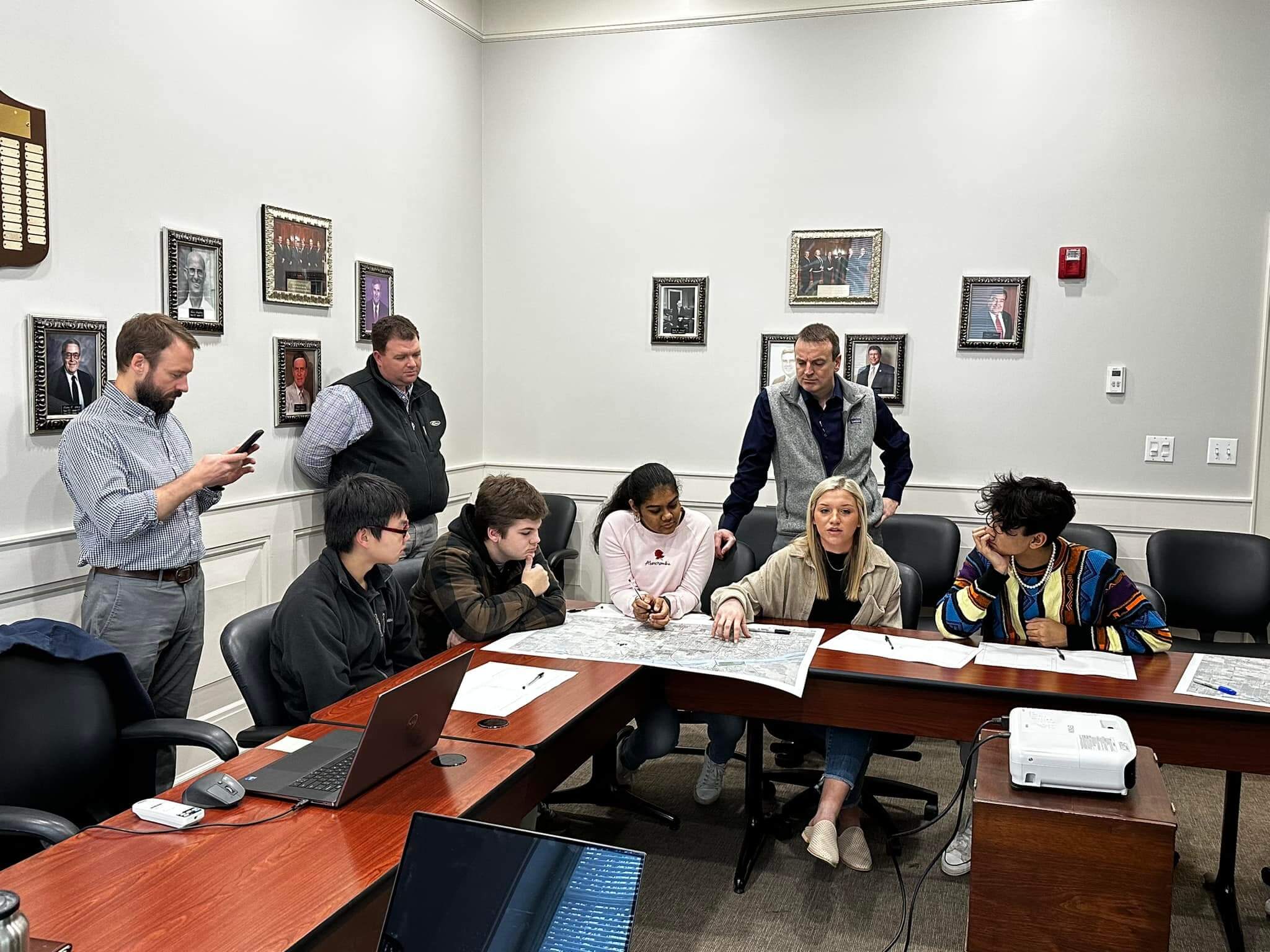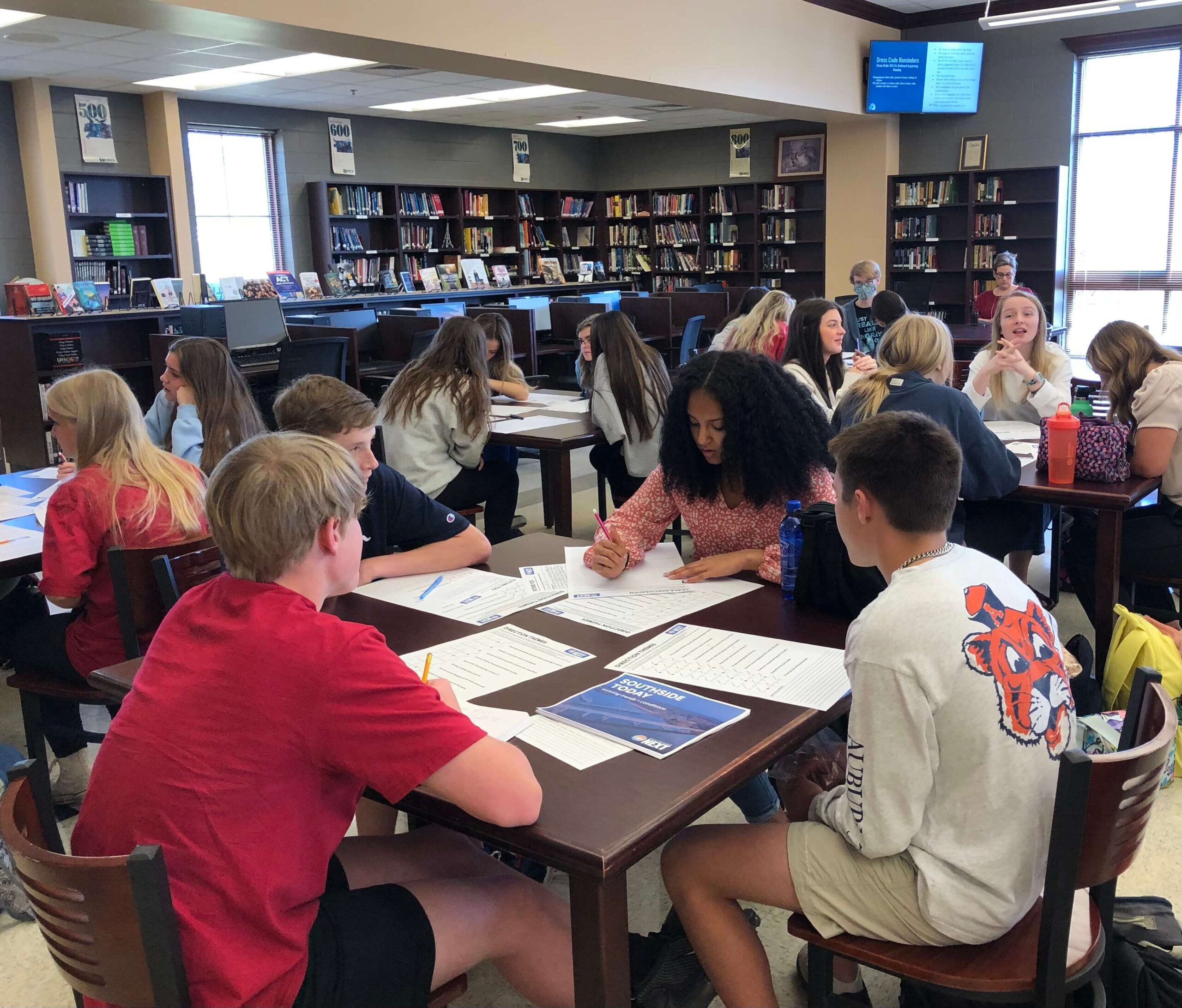
Every community has a unique culture shaped by its history, people, and vision of the future. Goodwyn Mills Cawood (GMC) works to help define a community’s vision by immersing ourselves in the communities in which we are serving. By involving members of the community in the process of designing their future, cities are not only able to allow their communities to use their voices but are also hearing from those who know the cities best – their citizens.
During the design and planning process, one of the biggest goals is to gain a broad perspective of the community, especially those whose voices may not always be heard. One group in particular whose voice should be one of the loudest in the room – the youth.
According to Corey Sosebee, a planner and urban designer at GMC, “There is a disadvantage to your plan if you aren’t including the youth in your community.” By involving the youth in planning meetings, GMC is able to gain a different perspective on the quality of life in the community as well as hear opinions on areas for improvement from those that represent the future of the community.
“Most cities want to retain their youth and want them to come back after college, or whatever they choose to do after high school,” says Sosebee. “They are the next generation of workers and can provide an increase of economic development when choosing to work in the cities where they grew up.”

Bringing in high school students on a community planning meeting is not only a good way to involve the youth in their communities, but is also strategic. “High school students have a lot of entrepreneurial ideas and lots of energy to bring those ideas to life. They are a constant source of optimism and excitement in the planning process because they can see opportunities where others may see challenges,” Sosebee says. In these meetings, planners ask high schoolers what they like about their cities, what they don’t like, what they wish they had in their cities and more to learn what the younger generation is looking for when visiting or choosing a city to call home when they are older.
Creating room for growth and development in securing jobs in cities is also a large component of comprehensive planning. Questions like, “What is the job density in our city?”, “How do we strengthen our employment base?”, “Are the city’s job centers accessible?” are frequently asked in planning meetings. The answer to these questions lies within considering this up-and-coming generation of workers.
By engaging them in planning in their own communities, they are encouraged, albeit empowered, to come back to their communities to pursue a career. Not only that, but by involving them in the planning process, they are exposed to different career fields that are part of developing these communities, such as architecture, engineering, planning and landscape architecture, that they may not have known about otherwise.
In the comprehensive planning project for the City of Muscle Shoals, a study showed that 9 out of 10 Muscle Shoals High School students were prepared for college or work in 2021. This correlation, along with other findings, led our team to invite high school students to steering committee meetings to give their input on planning for their future in Muscle Shoals. Involving these students at this crucial time when they are preparing to choose a major in college or a job in the workforce is a key factor in retaining and showing them how they can use their wisdom and talents to better their hometown.
Our team also conducted a similar exercise with students from Southside High School in Birmingham through a youth engagement workshop in 2022. The students participated in the same activities as the general public meeting by ranking development priorities and opportunities, as well as conducting a challenge analysis. They also provided feedback on the types of changes that would make them want to continue living in Southside long term. Based on the students’ responses, their top development priorities were:
- Expansion of the city’s job market;
- More engagement for seniors and youth; and
- Encouragement of growth and protection of local charm.
These areas represented changes that a majority of the youth felt like needed to be addressed for them to consider making Southside their future home as adults. This feedback provided Southside’s leadership with important information they needed to develop a plan that addresses these concerns to bring the youth back home.
Community planning is a vital part of every city. While the process itself can seem daunting, the excitement and newfound energy within the youth steering committees brings light areas of opportunity. By incorporating the youth in their own community’s planning process, this up-and-coming generation is given a sense of ownership of a community that may very well be in their hands in the future.